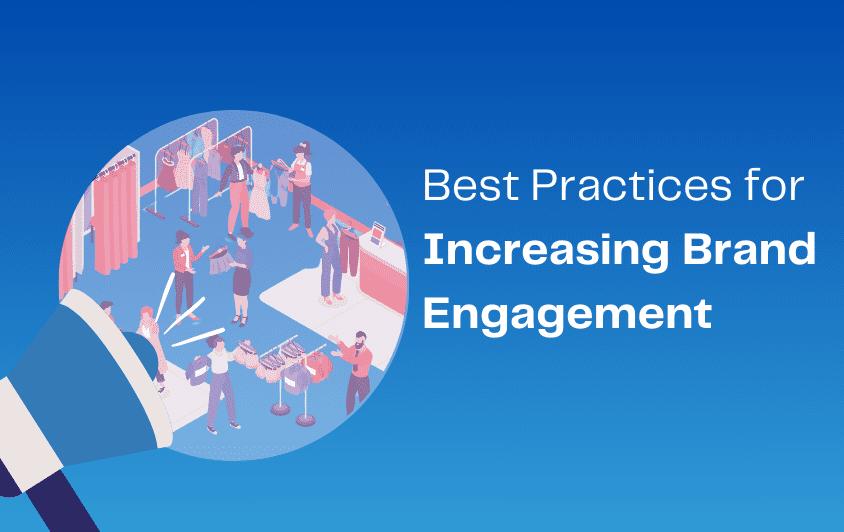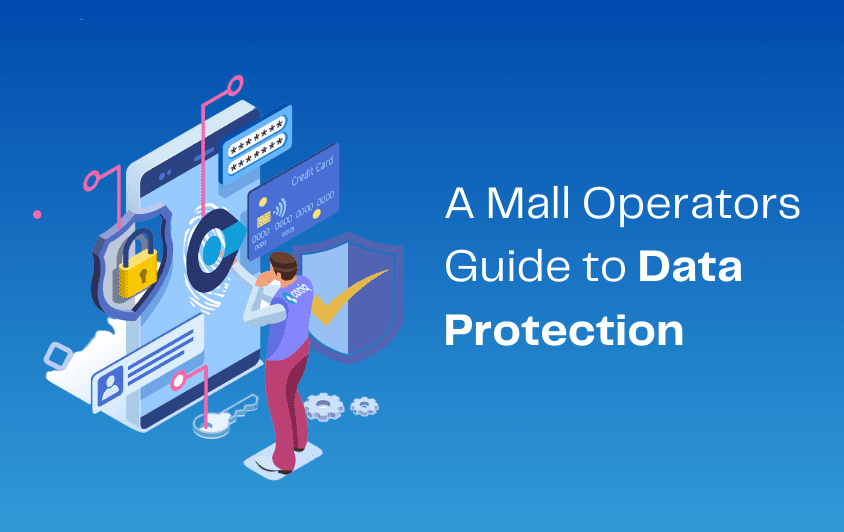I recently presented at the ‘DNG Commercial Centre Management Conference’ in Dublin alongside Madison Soho and Bright Spark Consulting. I thought I would share some of the fundamental points about measuring marketing activities from my presentation. The main topics to discuss are:
- Why you should measure marketing in a shopping center
- What are the best methods to use in measuring your marketing activities
- How to measure marketing
- How to use loyalty dynamics to improve measuring marketing as a whole
Why measuring marketing in your shopping center?
When it comes to measuring engagement, many shopping center marketers find themselves playing catch-up with their online counterparts. An example is Amazon, which measures every interaction, every impression, and every conversion rate. Many center management teams still operate in the shopping center world under the belief, “Create a great experience with the perfect tenant mix, and shoppers will come.”
This is important, but in our ever-connected world, customers remain well informed and have more options. Other factors affect the center’s success. It is important to analyze which channels and marketing messages are effective with which audience AND, most importantly, to continue to optimize. This boils down to data, collecting clean data, and understanding it. There can be a whole host of different types, but the art links it all together to understand customer patterns. But I will come back to that.
The main point is, leave less to guesswork and gut feeling and more to hard fact. It’s essential to provide a comprehensive library of metrics to better communicate with budget holders as you demonstrate changes in ATV, Conversion rates, ROI, spend per customer segment, etc.
What are the best methods to use?
Various effective methods are available to measure shopping center marketing – each with its benefits, challenges, and uses. For example, Footfall Counters. Though a great indicator of how full your center is and an identifier of the busiest times, it doesn’t tell us whether fluctuations in footfall traffic link to a marketing campaign or another factor. For example, it happened to be raining that day, or your anchor store had a huge sale. Much like measuring website traffic, having a huge amount of traffic to an online store but few people purchasing proves that traffic alone is not an effective performance indicator. You need to know what affects shoppers’ buying behavior and what will engage them in the buying process.
Coniq found that 10% of all shoppers account for 40% of total spend, based on data from 720k transactions from 19 centers. Footfall counting or sales reports from retailers cannot identify who this 10% are or how you can target them specifically. Sales data is left to retailer discretion and relies on how much or how little they want to share with the center. Similarly, you have methods such as Wi-Fi tracking and location tracking. Both are effective ways to view crowd proximity to events happening in the center, but not how much they are spending. Overlaying this tracking data with sales data allows you to develop possible assumptions, but there are no definitive answers.
On the other end of the spectrum, we have Exit Surveys, allowing us to dive deeper into understanding shopper behavior, but samples remain relatively low. This time the data quality relies on the shopper’s discretion/ type of sample.
With these different methods at your disposal, it further begs the question, how do we connect the dots, and is there a silver bullet when it comes to measurement?
How to measure shopping center loyalty
The truth is, I don’t think there is a silver bullet. However, a focused approach is necessary. As the saying goes, ‘too much of one thing is not suitable for you, and in this case, adopting a single method isn’t either – you need to get the right balance of depth (details) and breadth (scale). Furthermore, returning to your original goals to measure effectively would be best. Measuring everything is counterproductive. Knowing everything about everyone is not helpful if you have nothing to compare it against (not to mention a little overwhelming!).
If your campaign aims to increase sales conversion rate, focus on measuring that first. Measuring sales always indicates how well you are doing (after all, the end goal is to increase sales). However, when measuring the impact of your sales, retailer data is not enough. You need to know what campaigns directly impact this, which marketing channels were used, which customer segment performed favorably, who the top spenders are, and what brands they spend money on. You then need to present it in a digestible format to view trends and identify ways to optimize. Here at Coniq, we do this through what we call “Data driven Loyalty.”
How to use data driven loyalty to improve measurement
“Data is the new oil? No: Data is the new soil.” – David McCandless.
Before you can start measuring marketing, you certainly need something to measure. That is data, a lot of it. If you currently only measure footfall and sales reports from retailers – you need more. Start with your customer database. Is it clean? By that, I mean how did you collect the details? Did shoppers have to confirm their email address? No matter how beautifully relevant your email marketing is, you will not get very far if your emails are sent to x@x.com.
Loyalty is a brilliant way to give shoppers a reason to confirm their details, allowing you to build a clean and engaged database. You can then link this data up with sales data via technology at the POS or CRM (retailer engagement is possible!). Once you have this in place, you have a platform to be creative! The more data you obtain, the more you can streamline and personalize your marketing. You can begin using metrics such as conversion rates and ATV to segment customers without needing guesswork. The breadth of this data obviously depends on retailer engagement. You can expect around 40-80%+ engagement, a large enough sample to gain significant insight. They will likely be the most engaged customers, providing more opportunities to change behavior.
A data driven loyalty program can also help you to improve your retailer relationship by sharing some data with them. They could view how their store performs in relation to the overall center and within their competitive segment. Therefore they can also start optimizing their marketing at a local level via the shopping center channel, providing a better-performing mall as a whole and more content for the shopping center marketing team. You would need the three groups (customers, tenants, and center managers) to be well invested in your loyalty program to optimize your loyalty scheme.
For more information on how to launch a loyalty program – check out our article on design the right loyalty program.






